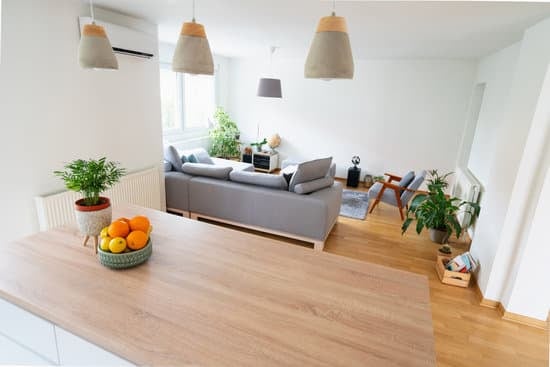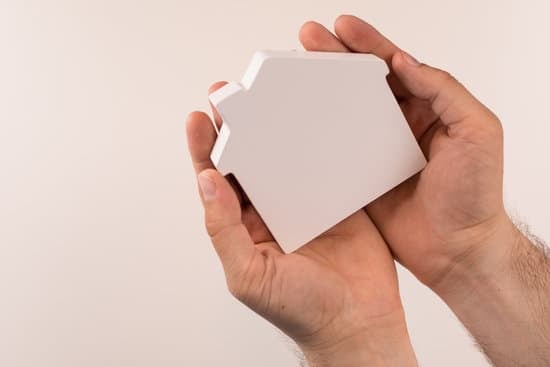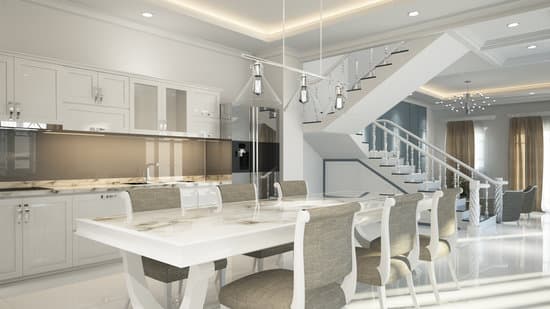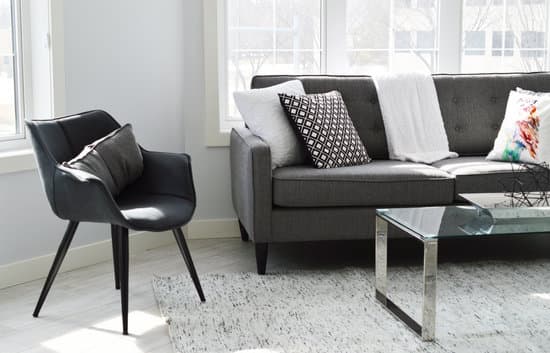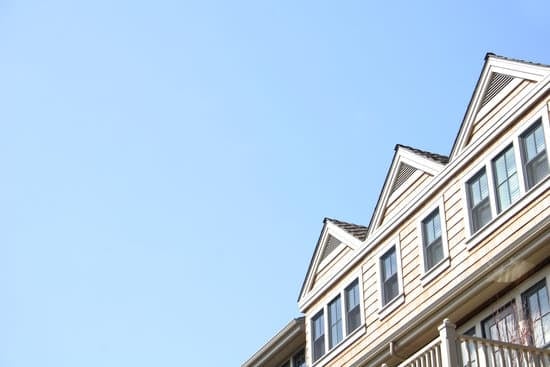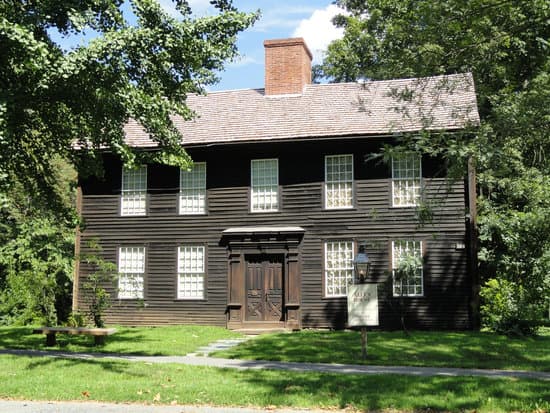What is the difference between a manufactured home and a real home?
When it comes to choosing a home, people have various options. One of the options is a manufactured home, commonly referred to as a mobile home, while the other is a traditional home built on a permanent foundation. While both types of homes may provide a roof over one’s head, there are notable differences between the two. In this article, we’ll explore and compare the differences between manufactured homes and traditional homes.Construction: Foundation and Setup Differences
One of the most significant differences between manufactured homes and traditional homes is the way they are constructed. Traditional homes are built on a permanent foundation, which is typically made of concrete or masonry. In contrast, manufactured homes are built on a steel chassis with wheels that support the home. This chassis with wheels allows manufactured homes to be transported to their intended location, whether it be a mobile home park or a private property. Once the manufactured home is at its destination, it is then secured or anchored to the ground. This setup is different from traditional homes, which require an elaborate foundation and a crew of workers to build the foundation.Some key advantages of manufactured homes’ foundation and setup include:
- Cost savings in construction time and materials
- Less site preparation needed for setup
- Ability to relocate the home if necessary
Mobility and Flexibility: Advantages of Manufactured Homes
The ability to relocate the home is not the only advantage of manufactured homes. The mobility and flexibility of manufactured homes have also made them a popular choice for people who value the ability to relocate often, either for work or personal reasons. Moreover, manufactured homes are an excellent option for retirees looking for cost-effective, downsized living options.Key advantages regarding mobility and flexibility of manufactured homes include:
- The ability to transport the home to new locations
- The relatively affordable cost of manufactured homes compared to traditional homes
- Fewer restrictions on where manufactured homes can be located
Material and Labor Costs
Another primary difference between manufactured homes and traditional homes is the cost of materials and labor. Due to the nature of manufactured home construction, there are some cost savings when compared to construction of traditional homes.Key cost savings for manufactured homes include:
- Streamlined and efficient production processes at the factory
- Ability to order materials in bulk due to standardized designs
- Less expensive labor required in the factory setting compared to construction sites
Quality and Customization: Considerations for Home Buyers
Homebuyers who value customization and personalized design options would prefer a traditional home due to its unique design features. On the other hand, manufactured homes are typically standardized in their design and customization options. However, advancements in manufactured home construction have led to increased flexibility in floor plans, design elements, and customization options.Key considerations for buyers regarding quality and customization:
- Upgraded manufactured home models have high-quality features like hardwood floors, crown molding, and energy-efficient appliances
- Traditional homes offer better customization options for design and décor but at an increased cost
- Increased quality in newer manufactured homes, but they are still generally less expensive than traditional homes.
Building Codes and Regulations: Differences for Manufactured Homes
While traditional homes must pass strict building codes and regulations on a local level, manufactured homes are subject to federal regulations from the Department of Housing and Urban Development (HUD). This framework of regulations ensures that manufactured homes are safe and energy-efficient.Regulation differences for manufactured homes compared to traditional homes:
- Manufactured home designs are scrutinized by the HUD to meet contemporary safety and efficiency standards
- Traditional homes must adhere to zoning laws for localities and local building codes
- Manufactured homes are cheaper to insure than traditional homes because of their conformity to government regulations that ensure safety
Resale Value and Perception: Real vs Manufactured Homes
One aspect where traditional homes differ significantly from manufactured homes is in resale value. A traditional home typically holds its value better over time than a manufactured home. Moreover, traditional homes have a higher perceived value by the general public, which could be a significant factor for those looking to stay in a home for a long time.Key differences in resale value and perception:
- Traditional homes have a higher resale value than manufactured homes due to their lasting quality and customization features
- Manufactured homes have a stigma of being low-quality, which could affect resale value, and may be attributed to homes that are hard to relocate and set up
- General public perception of manufactured homes is changing, leading to more acceptability of manufactured homes and an increase in resale value
Environmental Impact and Sustainability: A Comparison of Footprints
Lastly, there are differences in the environmental impact of both types of homes. Traditional homes require more natural resources to construct, and may produce more waste materials during construction. Manufactured homes, on the other hand, typically require less energy, construction materials, and waste production.Environmental differences between the two types of homes include:
- Traditional homes consume more energy, water, and building materials to construct
- Manufactured homes produce less waste and use fewer natural resources to construct
- Both types of homes can be equipped with energy-efficient appliances for a more sustainable living experience




